Incredible images reveal the first EVER bat used by Australian cricket legend Don Bradman as Google digitally restores a treasure trove of memorabilia
. First ever bat of Don Bradman, now more than a century old, is imaged in incredible definition
- The Google Arts & Culture project includes a look at some of cricket’s most iconic places and artefacts
- Other bats include Dennis Lillie’s aluminium one and one used by Victor Trumper in the 19th century
A range of priceless cricket memorabillia, including the first bat of Don Bradman have been digitally restored by oogle Arts and Culture to bring the sport’s rich history to life in the wake of a rejuvination of the ‘gentlemen’s game’ in the public eye.
Its present continues to enthral spectators, with the heroics of Ben Stokes and Jofra Archer during the latest Ashes test and the World Cup final last month.
The worldwide cricket audience was left stunned, mesmerised and borderline aghast at the majesty and audacity of the all-rounder as he struck a record-breaking 135* in the final innings to wrest victory from the imposing jaws of defeat.
His knock saw him etch his name at the very pinnacle of cricket history, with an innings that will go down in folklore after salvaging the Ashes in sensational style.
Described as ‘the best innings ever’ by English batting giants like Geoffrey Boycott, David Gower and Sir Alastair Cook — Ben Stokes joins an elite club of players who succeeded in transcending the sport.
Google Arts and Culture has released a host of gigapixel pictures, interactive images and videos to mark the occasion.
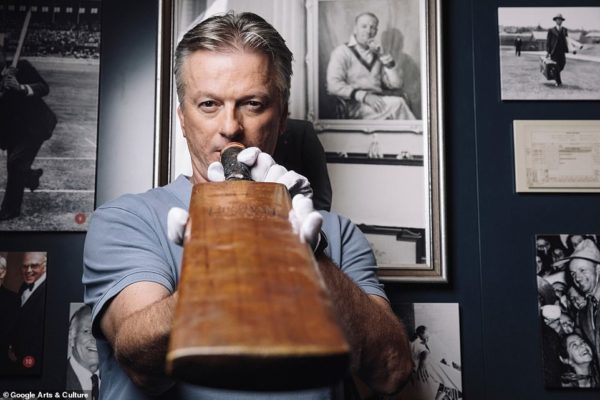
A range of history-making bats were imaged as part of the project which worked in conjunction with historians and museums on the project. As well as a guest appearance from Australian legend Steve Waugh (pictured) holidng the childhood bat of Don Bradman
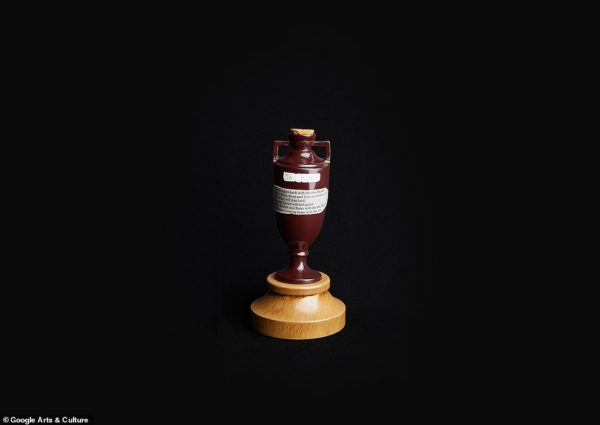
The Aashes is one of the most intense and oldest rivalries in all of sports and the project from google Arts and Culture brought some of the most iconic artefacts and locations from the 127-year rivalry
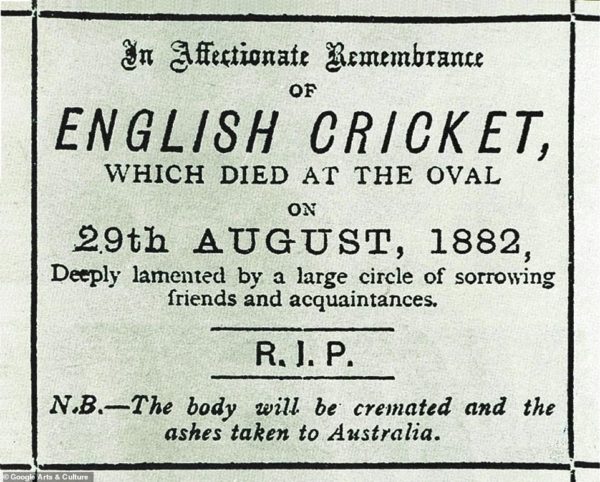
Pictured, the famous piece of remembrance which sparked the infamous rivalry between the national cricket teams of England and Australia. The mock obituary was written by a journalist, Reginald Shirley Brooks and carried in the Sporting Times following England’s seven-run defeat by Australia in the one-off Test of 1882


Google Arts and Culture has released a host of gigapixel pictures, interactive images and videos to mark the occasion. A host of bats(pictured, Don Bradman’s first ever bat (left), the ancient willow of Aussie legend Victor Trumpan (middle) and Don BRadman’s bat with which he hit 452 at the age of just 21
They include fascinating detailed glances at the willow of ‘the greatest’ batsman of all time – although Ben Stokes may soon have something to say about that nickname if his meteoric rise following an impeccable summer – Don Bradman.
In 1920/21 season his brother and two uncles were playing in a game and the team was a player short, his father, the game’s umpire, called upon his 12-year-old son to make up the numbers.
It would be the start of a glittering career which would see the Australian stand alone atop many of cricket’s record lists.
He scored 12 not out and a fellow player, Sid Cupitt, gave Bradman the bat. He would etch his scores on its back to record his progress as he used the bat, which his father shortened for him to fit his youthful stature, for five seasons.



Dennis Lillie’s venture into aluminium bats (left), perhaps inspired by baseball, is digitised, as is that of Victor Trumper and Kerry Packer’s World Series bat (right) during the controversial split from the ICC over pay
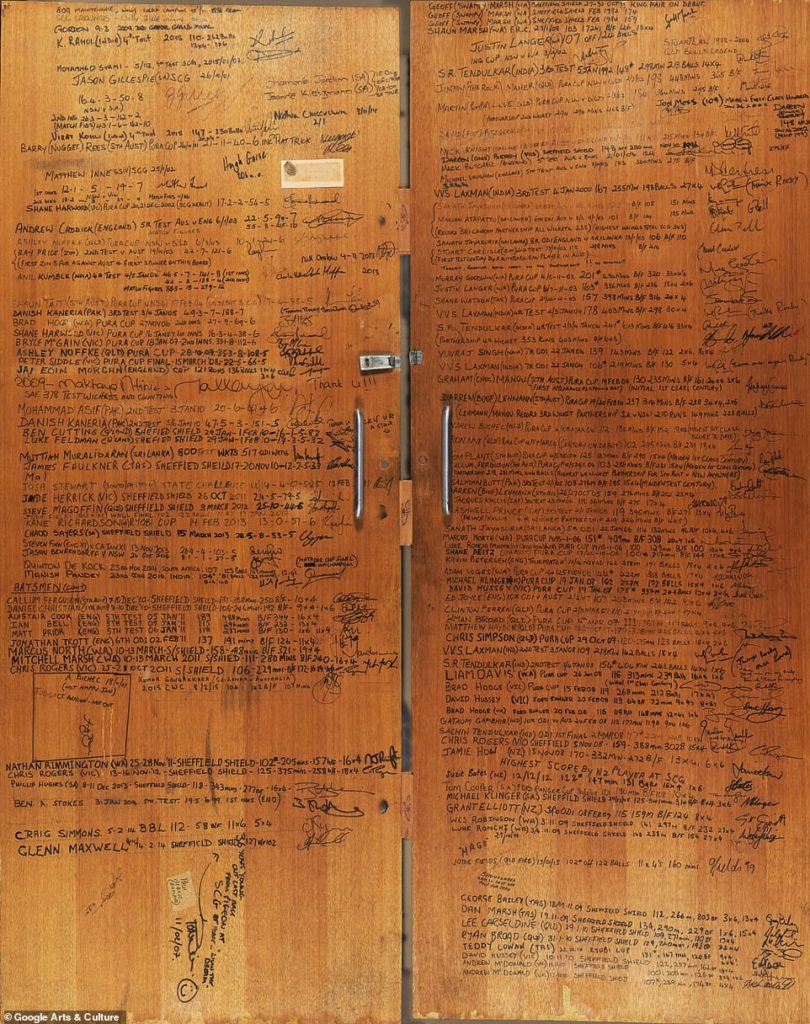
Other highlights include a detailed tour of the Sydney Cricket Ground’s famous away changing room , where visiting players – from Ben Stokes to Sachin Tendulkar – have taken it upon themselves to graffiti their standout batting and bowling figures on the changing room door (pictured)
He scored 300 with this very bat in the 1925-26 season, and it can be seen on the back of the wood.
‘It was given to me by a Mr Cupitt, a member of the Bowral Town team. It was man’s size, but that did not matter,’ the great Don Bradman told the Sydney Morning herald around the year 1930.
‘It was a bat with a splice, and not one chopped out the limb of a gum tree. That bat meant almost everything in the world to me.
‘With a saw my father cut three inches off the bottom and rounded it off at the foot, and I went into the paddock with my prized possession.
‘I played shots at imaginary balls till the light failed. I was happy.’
A range of other history-making bats were imaged as part of the project which worked in conjunction with historians and museums on the project. As well as a guest appearance from Australian legend Steve Waugh.
Dennis Lillie’s venture into aluminium bats, perhaps inspired by baseball, is digitised, as is that of Victor Trumper and Kerry Packer’s World Series bat during the controversial split from the ICC over pay.
The ‘supertests’ which formed the backbone of this competition are to this day heralded as the highest standard of cricket ever played by many of the stars who participated.
However, they do not count as first class matches as the ICC refused to acknowledge the stats due to the ongoing row with Kerry Packer over broadcast rights.
Other highlights include a detailed tour of the Sydney Cricket Ground’s famous away changing room, where visiting players – from Ben Stokes to Sachin Tendulkar – have taken it upon themselves to graffiti their standout batting and bowling figures on the changing room door.
There are also new 360° capability to stand in the middle of the Melbourne Cricket Ground, with a capacity of 100,000 people making it the biggest cricket arena in the world.
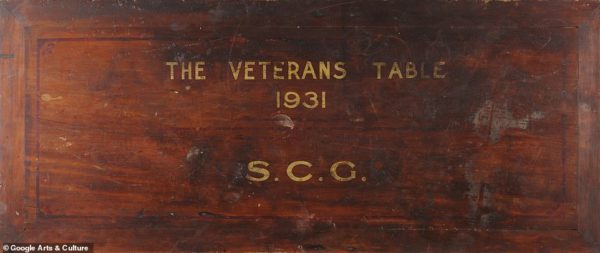
The ‘Veterans’ Table’ is a small wooden table with a top affixed by hinges that contains the signatures of over 300 persons who had a significant contribution to the early beginnings of Test cricket, the formation of the Sydney Cricket Ground and who participated in events at the ground
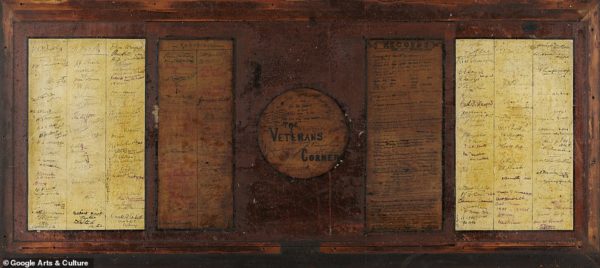
Signatures that adorn the table include, government officials, trustees, cricketers, footballers, athletes, journalists, administrators, visitors and retired players. Contained are snippets of cricket’s early development listing the grounds opening in 1878. Constructed in 1931 it served as a memorial to a passing era
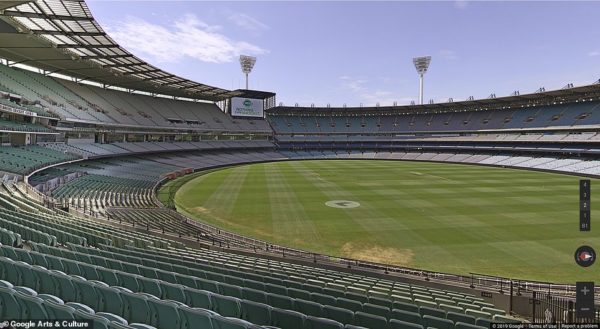
There are also new 360° capability to stand in the middle of the Melbourne Cricket Ground , with a capacity of 100,000 people making it the biggest cricket arena in the world








No Comments